Description
HISTORY
In 1914, William Pickersgill, the Caledonian Railway’s chief mechanical engineer had very large shoes to fill succeeding John F. McIntosh in March 1914 who retired due to ill health. Pickersgill had some from the Great North of Scotland Railway and only had experience building medium design 4-4-0s. In 1914, the Caledonian Railway was still in need of larger forms of motive power and was still relying mainly on 4-4-0s double heading the heaviest trains on the WCML. Although McIntosh had designed a few 4-6-0 designs, they were either made for the Callander & Oban line, goods trains or were unsatisfactory in being more powerful than the Dunalastairs. In the 1910s, most railways like the Great Northern, North Eastern & Great Western were experimenting with larger forms of locomotives such as 4-6-0s & even a pacific although still experimenting & knowing where the limits lied for such large machines & how to make them successful. Pickersgill first designed 4-6-0 was the CR 60 Class 4-6-0. These locomotives were built in 1916 with six being built at St. Rollox works between 1916-17. They were rugged & free steaming, but were unsophisticated & lethargic in performance for their size. It was said they ran faster going uphill then downhill. Thus Pickersgill was already off to a bad start. He then designed the CR 72 Class, this was essentially a larger & super heated form of the Dunalastairs. They were successful & most lasted to the end of steam, however, Pickersgill still needed to fill the void that was needed for larger motive power. Thus in 1921 he started designing his largest locomotive & what would be the last design built by the Caledonian Railway.
The Caledonian Railway 956 Class was designed & built in 1921 at St. Rollox. Four of the massive & imposing machines were made with three cylinders with conjugated valve gear, walschaerts valve gear on the outside & Stephenson valve gear on the inside. At that time, they were the largest design operated by any Scottish railway. Unfortunately, these rather large and visually impressive locomotives were not successful & would never be established in traffic. One author has described them as “that monumental flop of all time”, another as “ineffectual giants”. Draughting was a problem from the beginning, and firemen had a lot of trouble keeping them up to pressure. This being due to a small ashpan which would choke the fire. However, the chief problem was the failure of the unusual derived motion design. The valve gear was insufficiently robust & the valve spindle guides (originally cast iron) had to be replaced in cast steel, but this did not address the fundamental shortcomings of the design and the performance of these large locomotives remained woeful, being limited to run only 24,000 miles a year as opposed to the 32,000 miles for the Class 60.
Accounts given by E.S. Cox states “The first time I found myself hauled by one of the ‘ 956 ‘ class of 3-cylinders 4-6-0’s I could not believe what my ears told me was happening up front, and when, in due course, this cacophony with its attendant ills was too grievous to be borne due to the erratic behavior of the conjugated gear, the effect of the introduction of a separate Stephenson valve gear for the inside cylinder having variable lead, together with retention of the outside Walschaerts valve gears having fixed lead, could only produce results at which the mind was bound to boggle”. The sound that the 956 gave was instead of the usual three cylindered “One-Two-Three-Four-Five-Six” exhaust beats, the 956 gave a more irregular exhaust beat of “ONE-two-THREE-four-FIVE-six” which is one thing we have replicated on our model for Train Simulator.
All four locomotives would be absorbed into the London, Midland & Scottish Railway in 1923 with little to no change being encountered by the LMS to fix the issues on the 956 as at that time, the LMS was run by ex-MR officials who stood more for smaller locomotives on more frequent trains, however, there were plans & discussions of rectifying the issues with the 956 to make them more reliable locomotives but came to nothing due to the early attitude of the LMS to large locomotives. Thus the 956 would be regulated to only 24,000 miles of traffic a year on express work, occasional goods trains & the LMS would hold onto the locomotives as long as mechanically possible, it’s a mark of the LMS’s inherited distaste for this class that the last of them was withdrawn by 1935. When time came for the locomotives to be overhauled, they were scrapped on the spot. Their tenders were later given to 4-4-0s like the 72s & Dunalastair IVs & even lasted to the end of steam. None were preserved.

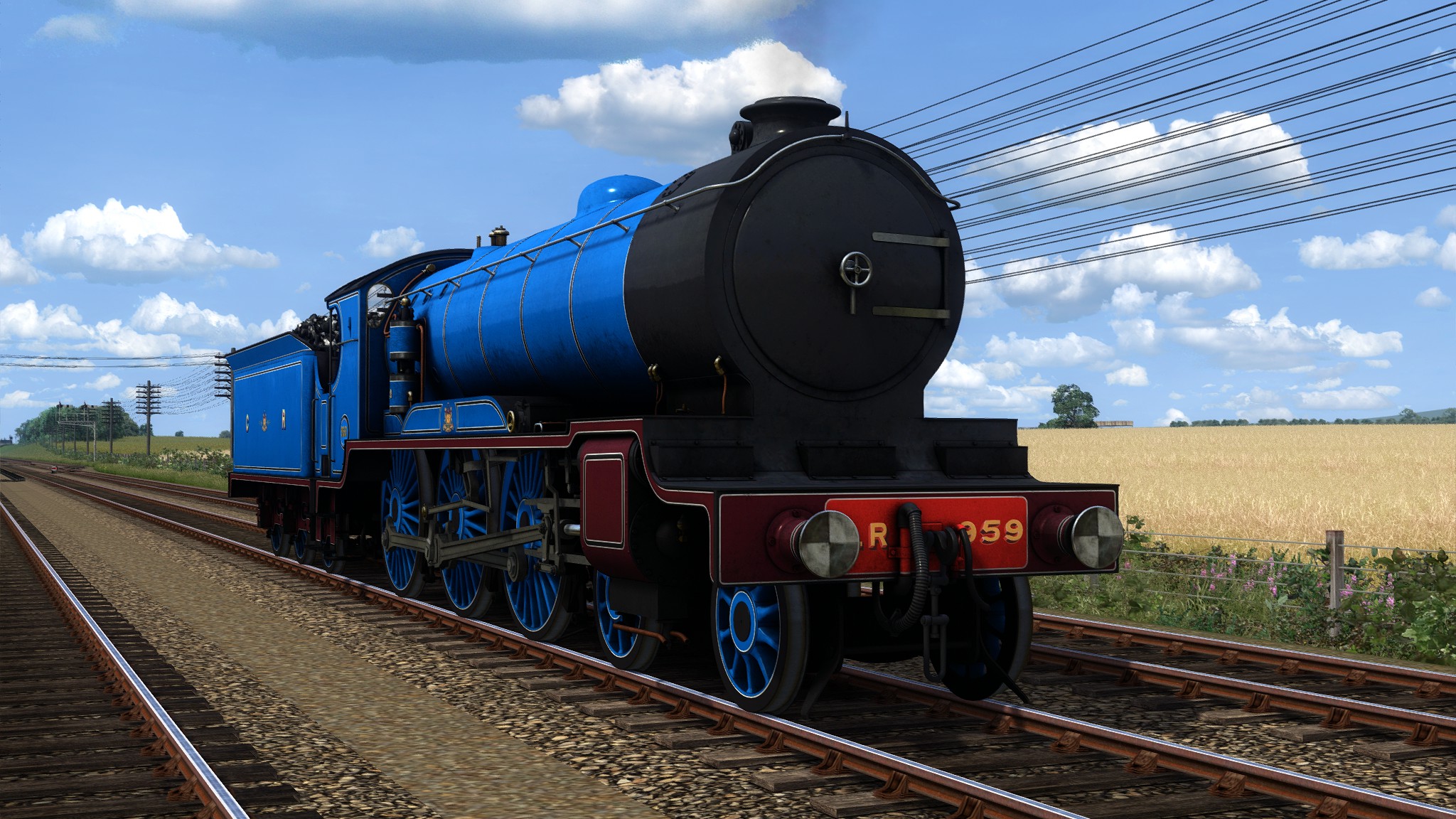
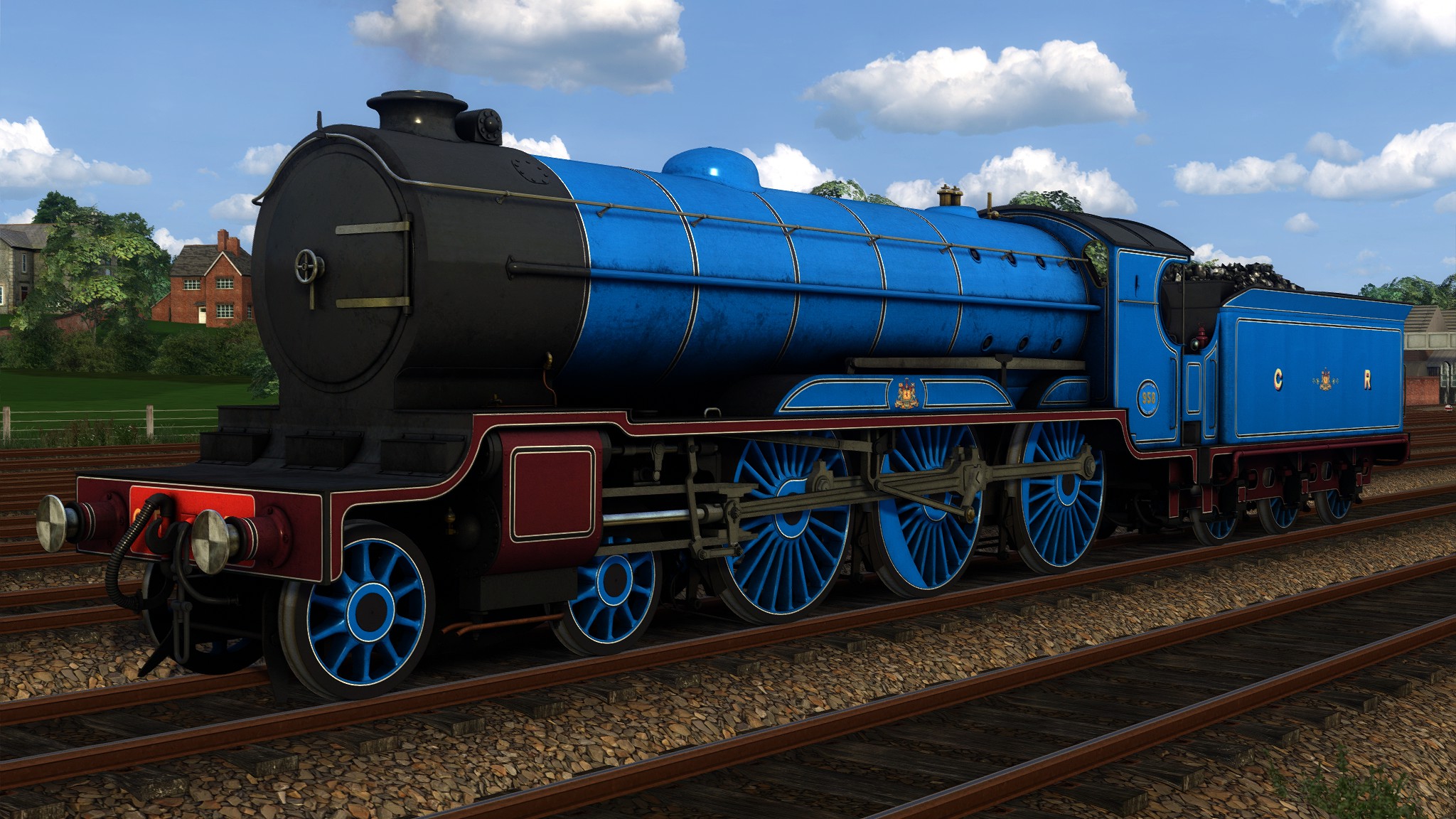
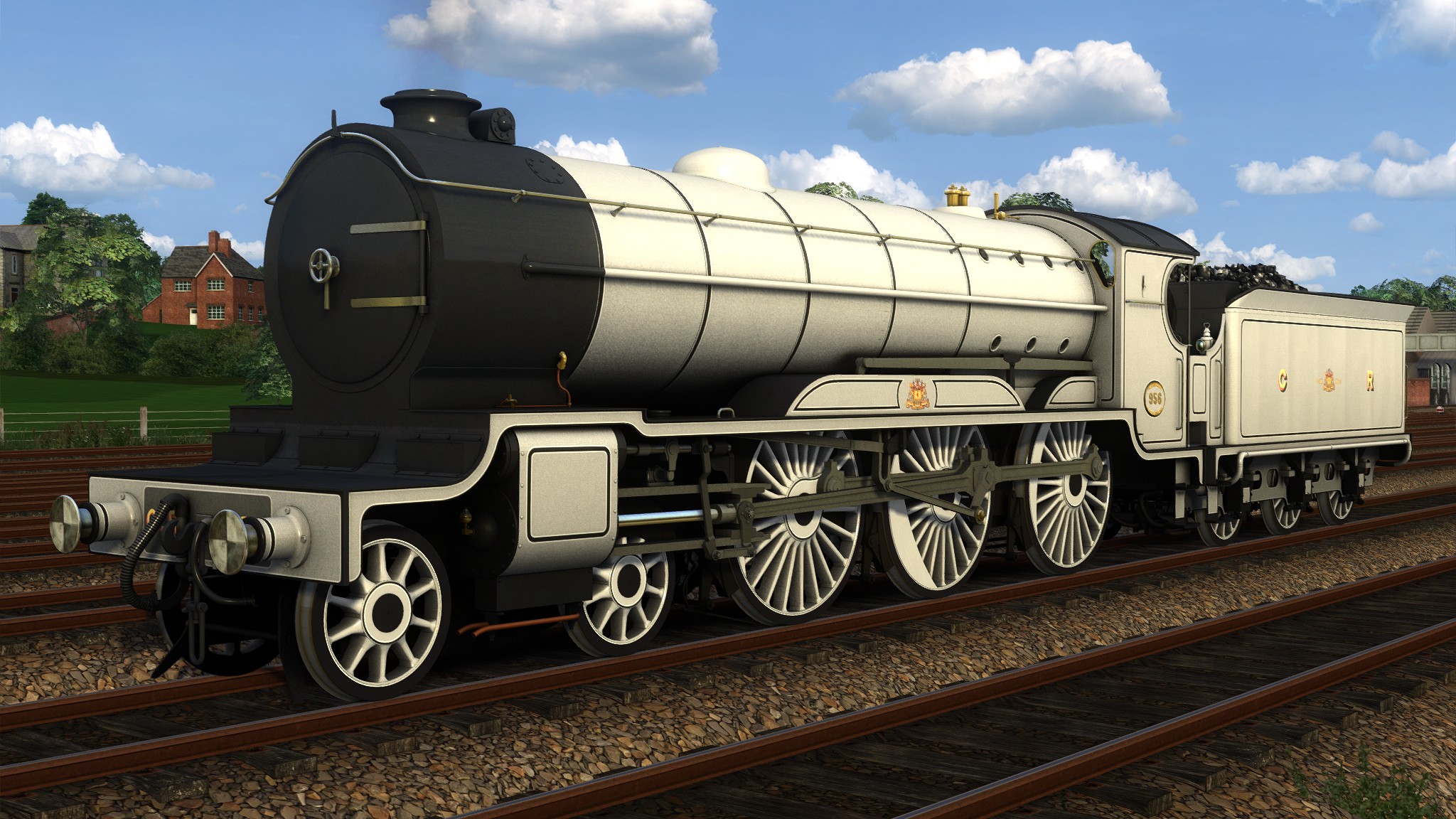

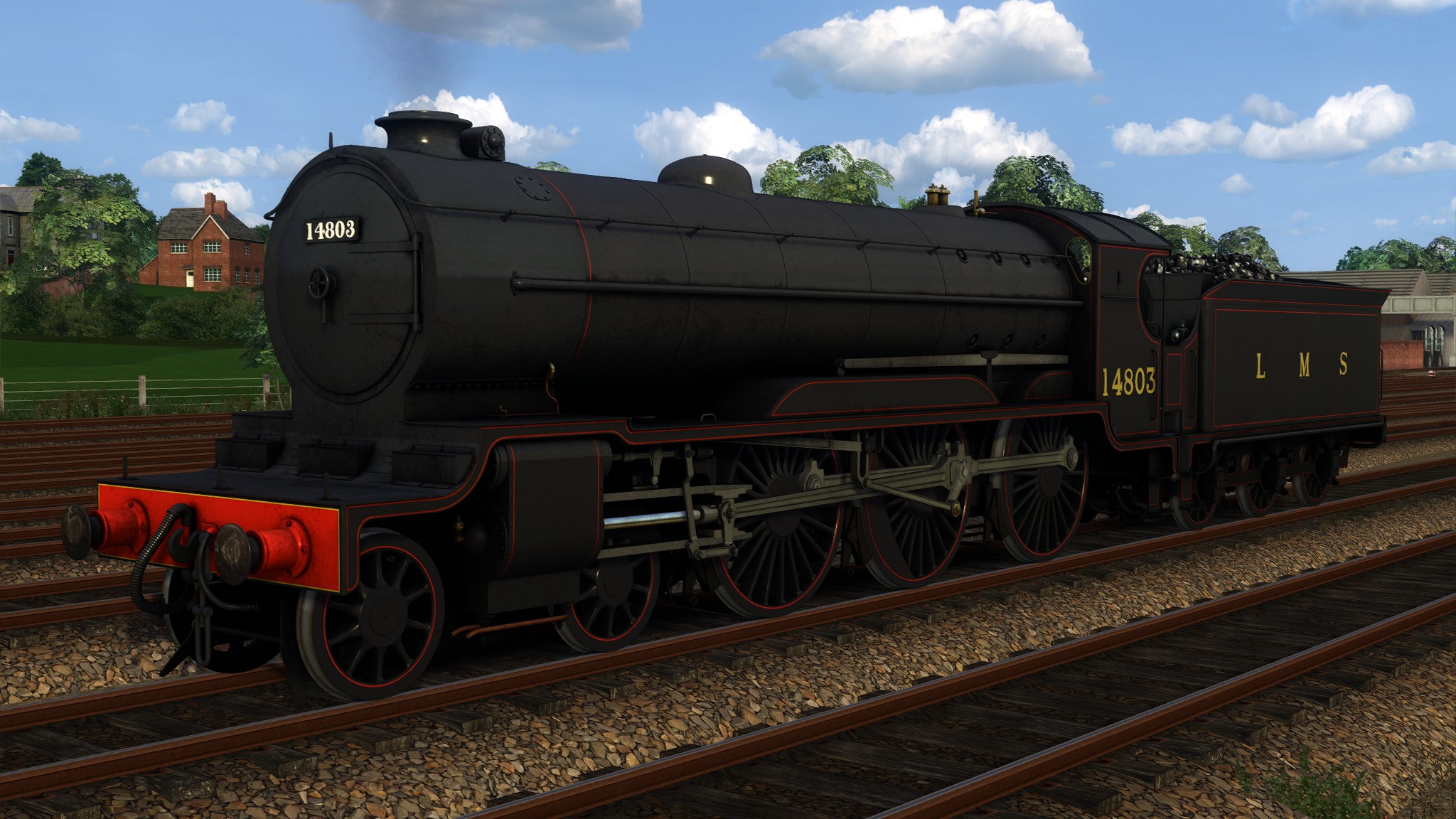

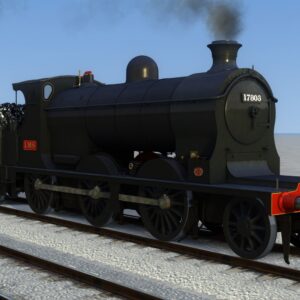
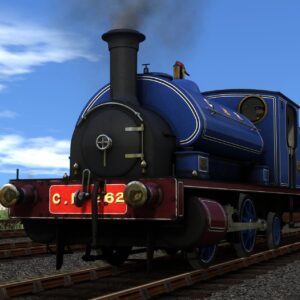
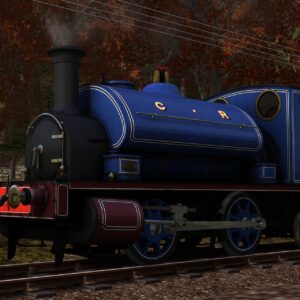
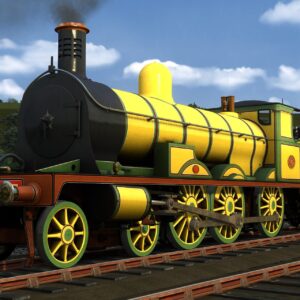
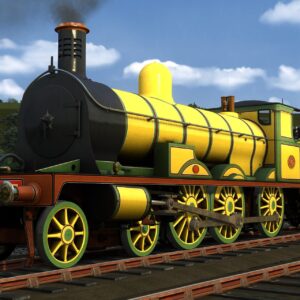


Reviews
There are no reviews yet.